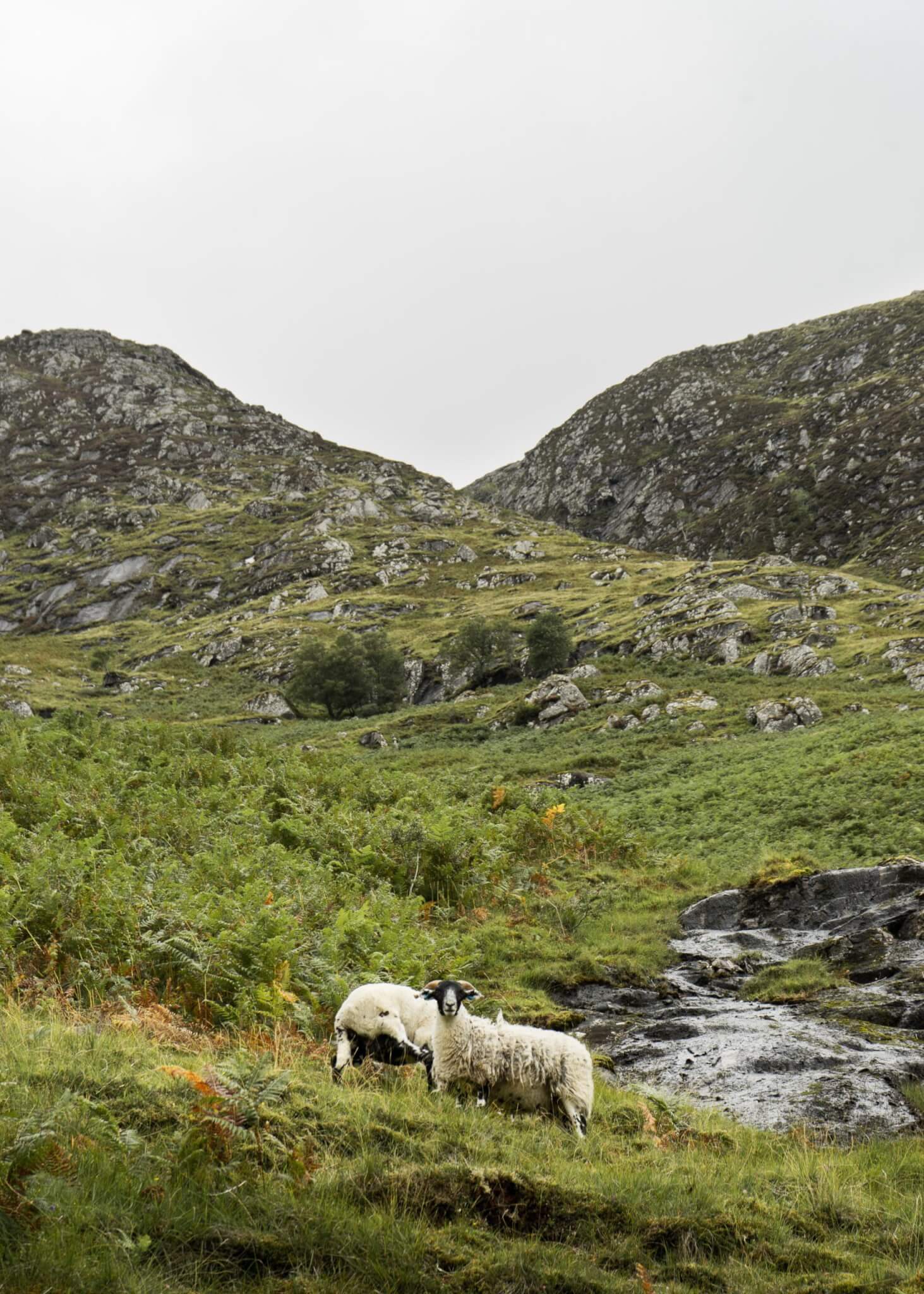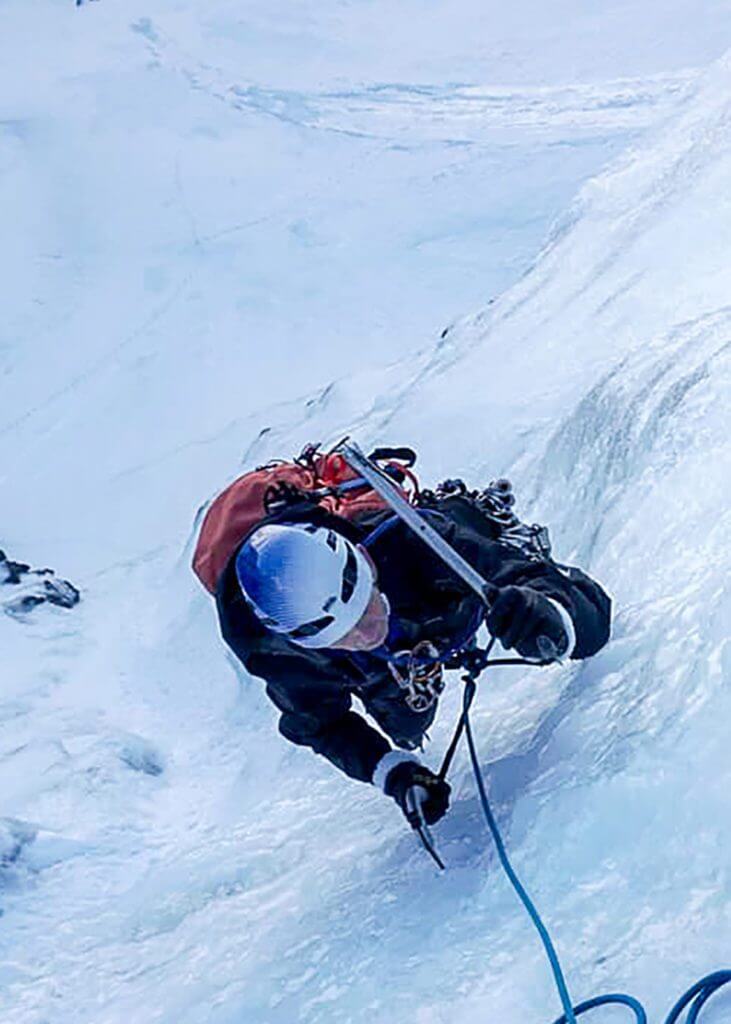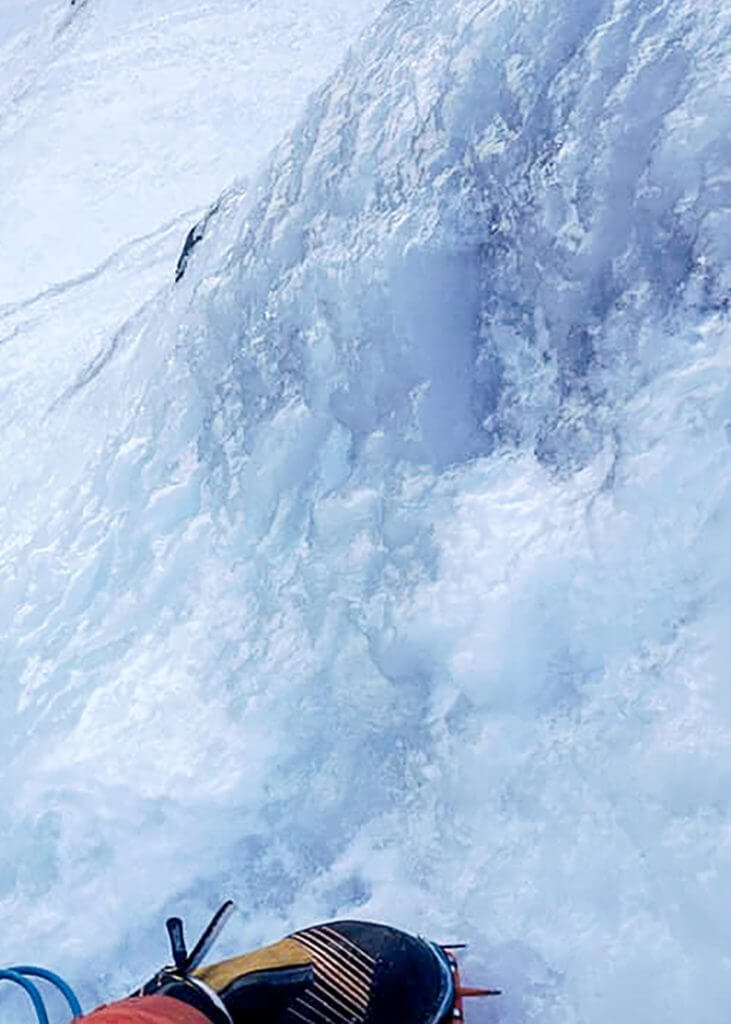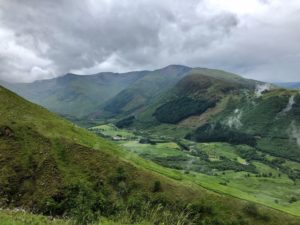At 3,239m (10,627ft), the highest mountain in the UK is, officially, Mount Hope in the British Antarctic Territory. That said, we will focus our attention on mountains that are on the mainland. You will quickly realise (if you did not know this already) that most of the UK’s highest peaks are located in Scotland (192 of the highest 200 mountains in the UK can be found in Scotland).
At 1,345m (4,409ft), the highest mountain in the United Kingdom is Ben Nevis. It is not high for alpine standards but can be a reasonably challenging summit to ascend, so as some of its neighbouring peaks.

What Is the Highest Mountain in the UK?
Ben Nevis is the highest mountain in the United Kingdom. At 1,344m (4,409ft), it is also the highest Munro. A Munro is a mountain in Scotland that’s at least 3,000ft tall or 914m – there’s 277 of them in all. Ben Nevis is most precisely located in the Grampian Mountain Range and attract some 150,000 visitors every year.
Although Scotland is such a mountainous country, nine of the top peaks are concentrated within two regions – Fort William and the Cairngorm National Park. The tenth highest peak, Ben Lawers, falls just south of the Cairngorm National Park and is, therefore, the highest mountain in the southern part of the Highlands.
The ascent starts at sea level. There are two main routes to the summit. An “easy” one on the south-western face, which uses an artificial path. A more technical way goes through the rocky north-western face, which is recommended for more advanced mountaineers.
Climbing the highest mountain in the UK will give you a gratifying feeling. Even if the summit or part of the climb can be cloudy, you will never forget the breathtaking views of the valleys, the lakes and neighbouring towns.
Some recommendations
When to go?
For beginners, it is strongly recommended to attempt the ascent during the summer months. The temperature will substantially fall as you climb. It will be close to 0 degrees at the summit, even if you had warm conditions at the base. Even in the middle of the summer, it is highly likely that you will have snow at the top.
During winter, you may find extreme cold temperatures at the summit. Even if you are not scared of a little snow, it can quickly become a danger. Snow makes it harder to see the path. You could get lost and walk into some hidden risks.
Finally, attempting the climb in the summer means other people will likely surround you. It will make the walk much safer (harder to get lost). You should always check the weather forecasts before you go to ensure excellent visibility once you reach the summit.
What sort of equipment?
You will most likely get some rain and find cold temperatures. Your equipment for the ascent should allow you to face those weather conditions.
First, take appropriate clothing: good walking shoes, windproof and waterproof jacket, and pants are the strict minima. You should also pack suitable gloves, a cap, and functional layers to keep you warm (use layering for more efficiency), as the temperature at the summit won’t be higher than 2 degrees.
Second, pack enough water and food for the hike. Dehydration can happen quickly. You pass by some small rivers and water sources, but it is not recommended to drink from those because of the sheep pasturing in the surroundings.
Finally, grab a map with the exact itinerary as well as a compass. They could become handy if you get lost.
General recommendations for the climb
Ben Nevis is close to the city of Fort William. It is accessible by road from Glasgow (65km / 40mi) or from Inverness (40km / 25mi). Fort William is also easily accessible by rail.


The main routes to the summit
The botanist James Robertson was the first to ascent Ben Nevis on August 17, 1771. Robertson wrote just three sentences on his expedition: “I ascended Ben Nevis which is reckoned the highest mountain in Britain. A third part of the hill towards the top is entirely naked, resembling a heap of stones thrown together confusedly. The summit far overtops the surrounding hills.”
The Mountain Track
The Mountain Track to the summit (also known as the Ben Path, the Pony Track or the Tourist Route) remains the simplest and most popular route of ascent. It begins at Achintee on the east side of Glen Nevis about 2 km (1.5 miles) from Fort William town centre, at around 20 metres above sea level.
The track climbs steeply via several small zig-zags to the saddle by Lochan Meall an T-Suidhe (known as the halfway lochan) at 570m, then ascends the remaining 700 metres up the stony west flank of Ben Nevis in a series of larger but less steep, zig-zags that criss-cross the face of the mountain’s western side.
The walk is 16.6km (10.3mi) and will roughly 6 hours.
Carn Mor Dearg Arête route
The Scramble over the Carn Mor Dearg Arete is one of the classic mountain walks. It’s not a route for hill walking novices. You’ll need a serious hill walking experience to complete this safely.
Carn Mor Dearg may be one of Britain’s highest mountains, but Ben Nevis completely overshadows it. It is the perfect viewpoint from which to admire the Ben’s magnificent North Face. Its graceful peak crowns a beautiful ridge – joined to its great neighbour by the famous Carn Mor Dearg arete.
All good mountains should have a proper ridge. Ben Nevis is no exception to this rule and is home to several excellent ridge routes; Carn Mor Dearg Arête is one of the most famous ones. British mountaineers so well know that it is often abbreviated to just the ‘CMD Arête’ or sometimes simply “The Ridge”. The route that traverses its knife-edge crest between The Ben and its smaller neighbour Carn Mor Dearg is one of Britain’s classic mountain routes,
The climb starts from Torlundy “North Face” Car Park. It is roughly 19km long and will take you around 8-9 hours. The Carn Mor Dearg Arete is somewhat exposed but not technically challenging, provided you have a good head for heights.
The next top 5 highest mountains in the UK
Only summits with a prominence above 600 m (1,969 ft) are listed below.
Ben Macdui
Location: Scotland
Elevation: 1,309m / 4,320ft
Prominence: 950m / 3,135ft
At 1,309m, Ben Macdui is the second-highest mountain in the UK, after Ben Nevis. It is located in Cairngorms National Park. Ben Macdui lies on the southern edge of the Cairn Gorm plateau, on the boundary between Aberdeenshire and Banffshire’s historic counties (currently on the border between the Aberdeenshire and Moray council areas).
Braeriach
Location: Scotland
Elevation: 1,296m / 4,277ft
Prominence: 461m / 1,521ft
At 1,296m (4,227ft), Braeriach is the third-highest peak in the UK, after Ben Nevis and Ben Macdhui. It is the highest summit in the Cairngorms National Park. It has a crescent-shaped summit.
Ben Lawers
Location: Scotland
Elevation: 1,214m / 4,006ft
Prominence: 915m / 3,020ft
Ben Lawers is the highest mountain in the central highlands, at 1,214m / 4,006ft. It is the 10th highest Munro. It has the most celebrated collection of rare arctic-alpine plants in Britain and over 600 different types of lichen.
Carn Eige
Location: Scotland
Elevation: 1,183m / 3,904ft
Prominence: 1,147m / 3,785fr
Carn Eige is located in the north of Scotland. At an elevation of 1,183 metres (3,881 ft), it is the highest mountain in northern Scotland (north of the Great Glen), the twelfth-highest summit above sea level in the British Isles. In terms of relative height (topographic prominence), it is the second-tallest mountain in the British Isles after Ben Nevis.
Ben More
Location: Scotland
Elevation: 1,174m / 3,874ft
Prominence: 986m / 3,254ft
Ben More is a mountain in the Southern Highlands of Scotland, near Crianlarich. It is the highest of the so-called Crianlarich Hills to the south-east of the village, and there is no higher land in the British Isles south of Ben More.
Frequently asked questions while searching for the highest mountain in the UK:
What is the highest mountain in the UK called?
Ben Nevis is the highest mountain in the UK, on the mainland. It is located in Scotland and has an altitude of 1,344m (4,409ft).
Generally, Mount Hope, in the British Antarctic Territory, is considered to be the highest mountain in the UK, with an altitude of 3,239m (10,627ft).
Which is higher, Snowdon or Ben Nevis?
At 1,344m (4,409ft), Ben Nevis is higher than Snowdon. At 1,085m, Snowdon is the highest mountain in Wales.

